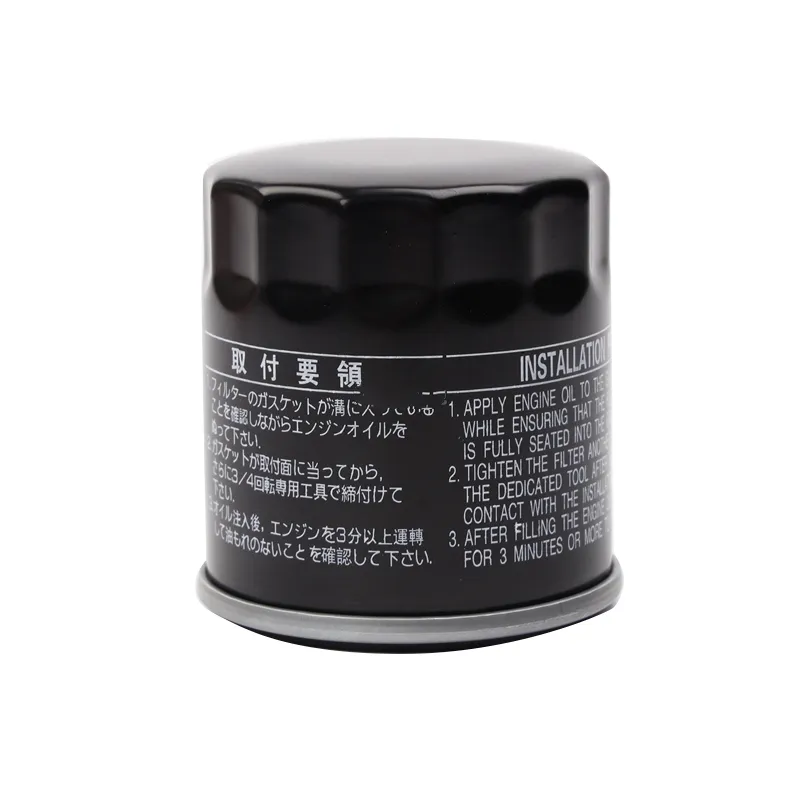WHAT DOES AN OIL FILTER DO?
An oil filter comes in two main designs, a spin-on filter or a cartridge-style filter, with a spin-on filter continuing to be the more common option for cars. They’re recognizable as a steel canister that has one open end where oil passes through to be cleaned. This self-contained filter has media inside made of paper or woven synthetic and natural fibers that capture particles that could be harmful to your engine. At the closed end of the canister is a bypass valve.
A cartridge-style filter has a similar design but the housing is permanently affixed in the vehicle. The filter is cylindrical and the pleated media seals between the housing cap and the base internally.
No matter the design your car uses, the filter media strains out microscopic particles that could act as an abrasive and wear against metal parts in the engine, as well as remove substances that can stick to and gum up the oil passages. These bits stay stuck in the filter media until the filter is replaced and discarded.
If the filter gets too full of debris and contaminants, it can starve the engine of oil or increase the oil pressure in the filter as it tries to push through. If that occurs, the bypass valve opens and lets some dirty, unfiltered oil through. It keeps you running, but it’s at the risk of causing damage.
HOW OFTEN YOU SHOULD CHANGE AN OIL FILTER
If you’re wondering how often to change oil filters, it usually comes down to a few criteria. They include:
- The type of oil filter you’re using.
- The operating conditions.
- The manufacturer’s recommended service interval.
Generally, a standard oil filter is intended to provide excellent filtration for most types of vehicles between regular service intervals of up to 5,000 miles. An extended life or synthetic oil filter can often last about twice as long, or up to 10,000 miles.
The conditions under how you use your vehicle also factor into the replacement interval. If you drive in light-duty conditions such as a highway commute in temperate weather, your oil and filter change can often last longer distances than if you’re towing heavy loads or operating in stop-and-go traffic all the time.
It’s crucial to adhere to the manufacturer’s maintenance schedule to determine when to replace the oil filter. To ensure optimal engine performance and longevity, it’s advisable to replace the oil filter with each oil change. You can locate the maintenance schedule in your owner’s manual, on the manufacturer’s website, or through a maintenance reminder system integrated into your vehicle.
For most cars, the oil filter change interval will be between 5,000 and 7,500 miles, and it should be changed once per year regardless of mileage.
WHAT SHOULD AN OIL FILTER CHANGE INCLUDE?
Along with knowing how often to change the oil filter, there are other recommendations you should be aware of. At the same time, you should drain and refill the engine oil. Also, perform a visual inspection of your vehicle including:
- Inspect and top up fluids
- Check the engine air filter and cabin air filter
- Check tire condition and tread depth
- Check and adjust tire pressures
- Inspect exterior and interior lights
- Check brake condition and brake pad thickness
- Inspect steering and suspension parts
- Check the wiper blades
- Inspect for leaks
- Test the battery
- Check the condition of belts and hoses



